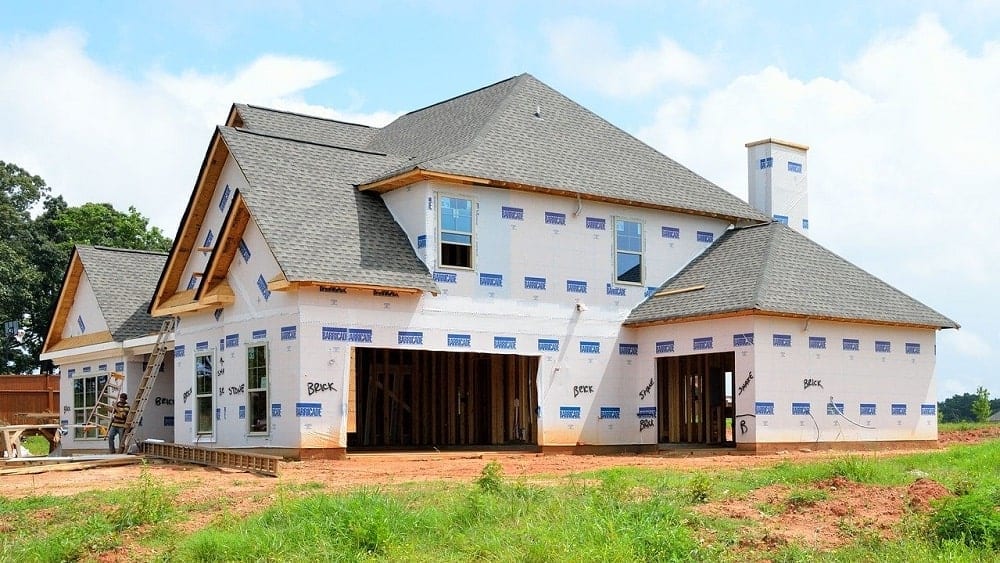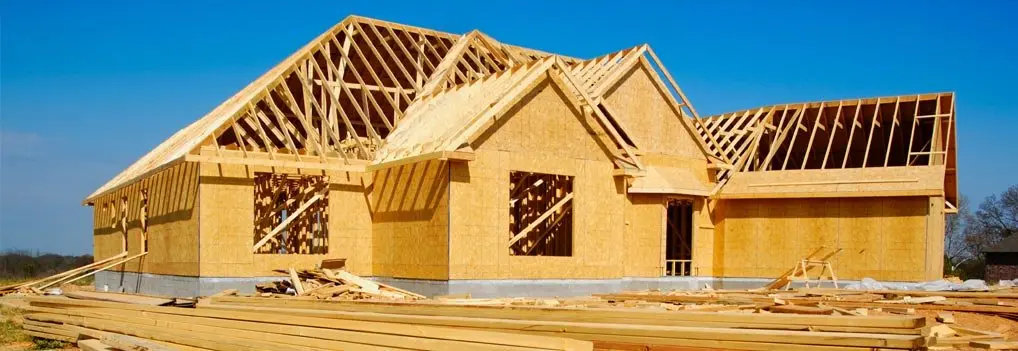Just How a General Service Provider Can Change Your Common Locations Into Functional Areas
The transformation of typical locations into practical spaces is a nuanced process that needs a general service provider's expertise in evaluating particular community demands and making tailored services. By taking into consideration factors such as design, accessibility, and aesthetic allure, a contractor can develop settings that not only offer useful objectives but additionally foster community involvement.
Assessing Current Common Area Requirements
When evaluating common locations, it is vital to identify and recognize the details needs of the area they offer. This process starts with an extensive analysis of existing usage patterns, which includes gathering data on foot website traffic, peak usage times, and activities occurring within these rooms. Engaging with neighborhood participants through surveys or meetings can offer beneficial understandings into their choices and challenges.
Next, it is necessary to think about the group composition of the community, consisting of age, way of life, and any type of unique requirements that may influence just how these rooms are utilized. For example, family members with children might need play areas, while older adults may prioritize accessibility functions.
In addition, reviewing the existing framework and features is critical. Recognizing areas that are underutilized or in need of repair can educate possible enhancements. Collaborating with stakeholders, such as residential property managers and local companies, makes sure that the assessment mirrors a detailed understanding of the neighborhood's needs.
Inevitably, a careful assessment of existing typical area requires prepares for efficient improvements, permitting the development of rooms that foster engagement and boost the overall high quality of life within the community.
Designing for Functionality and Visual Appeal
A comprehensive understanding of community requires sets the phase for efficient design that balances functionality and appearances in usual areas. Effective style calls for a thoughtful strategy that takes into consideration both the functional uses the room and the visual allure that enhances the atmosphere.
Practical layout requires developing rooms that cater to the specific tasks and interactions of the neighborhood. This might consist of flexible seating arrangements for gatherings, easily accessible pathways for people with wheelchair obstacles, or marked locations for leisure activities. Each aspect needs to serve an objective while ensuring simplicity of activity and comfort for customers.
Visual appeals play a crucial function in cultivating an inviting ambience. The choice of colors, materials, and lights can dramatically influence the assumption of a room. Integrating natural environments, such as greenery or water functions, can improve the setting and develop a calming atmosphere. Furthermore, aligning the design with the community's cultural identity can cultivate a sense of belonging and satisfaction.
Budgeting and Source Allocation
Effective budgeting and source allowance are crucial elements in the successful transformation of common locations. A well-defined budget lays out the economic criteria within which the job must run, making sure that costs are managed and sources are successfully utilized. This starts with an extensive evaluation of job requirements, including design aspects, materials, and labor.

A general professional plays a crucial role in this phase, working together with stakeholders to develop sensible budget quotes that straighten with the desired vision. By prioritizing essential features and discovering cost-effective options, the service provider can maximize costs without compromising top quality.
Source allotment requires tactically appointing workers, tools, and products to various phases of the task (Kitchen Remodeling Indiana). This calls for cautious preparation to make sure and avoid hold-ups that each part is delivered promptly. Additionally, routine monitoring of expenditures versus the budget assists to recognize potential overruns early, enabling for prompt changes
Handling Building And Construction Process Efficiently
Taking care of the building and construction procedure efficiently is important for achieving prompt project completion and preserving budget honesty. A well-coordinated strategy entails meticulous planning, clear interaction, and reliable source administration. General service providers have to develop a detailed project timeline that outlines each stage of building and construction, enabling the recognition of possible traffic jams and important turning points.
Routine progress meetings are crucial for maintaining all stakeholders notified and lined up. These meetings promote the prompt resolution of problems, ensuring that the task remains on track. Furthermore, utilizing task monitoring software application can improve communication, track progress, and take care of paperwork, decreasing the likelihood of misconceptions and hold-ups.
Efficient source appropriation is likewise paramount. By making certain that materials, labor, and equipment are readily available when needed, basic specialists can avoid costly disruptions. Implementing an aggressive method to take the chance of administration more improves performance, as it enables the identification and mitigation of possible obstacles before they rise.

Making Sure Compliance and Top Quality Standards
Conformity and quality criteria are essential to the success of any kind of construction job, making certain that the ended up rooms not only satisfy customer assumptions but additionally follow regulative needs. A basic specialist plays a pivotal role in implementing these standards throughout the building procedure.
First, it is essential for the specialist to stay upgraded on local building regulations, security guidelines, and sector finest techniques. This expertise enables them to guide style selections and material selections that align with compliance requirements. Regular examinations and quality evaluations throughout the building and construction phase assistance to determine prospective problems early, alleviating pricey hold-ups and revamp.
In addition, a reliable general professional cultivates a culture of quality amongst workers and subcontractors. This can be accomplished by check out here supplying training on conformity methods and implementing strict quality assurance measures. By developing clear communication networks, the service provider can make certain that every person entailed understands their duties pertaining to conformity and high quality.
Conclusion
To conclude, the function of a general contractor in changing common areas into functional spaces is pivotal. Through a thorough analysis of neighborhood needs, thoughtful design, precise budgeting, and efficient job management, these specialists can develop settings that enhance use and aesthetic allure. Adherence to compliance and high quality standards additionally guarantees that renewed areas not just meet the assumptions of stakeholders but additionally foster engagement and enrich discover this the total experience for all users within the area.
The change of usual areas into useful spaces is a nuanced procedure that requires a basic service provider's experience in evaluating details community needs and creating customized services. By taking into consideration factors such as format, ease pop over to this site of access, and aesthetic allure, a service provider can create atmospheres that not just serve functional functions but also foster area interaction. General service providers should establish a detailed job timeline that describes each stage of building and construction, enabling for the recognition of possible traffic jams and essential milestones.
